Rob Hall was a New Zealand mountaineer and guide who perished on Mount Everest during a storm on May 11, 1996. He was the trip leader for the Adventure Consultants, which comprised Andy Harris, Doug Hansen, and Yasuko Namba. Hall was born in 1961 in Christchurch, New Zealand. He began climbing mountains at a young age, and by his early twenties, he had already ascended some of the world’s most difficult summits, including Mount Cook, Mount Aconcagua, and Mount Everest.
Hall established Adventure Consultants, a firm that specialized in guiding excursions to Mount Everest, in 1992. Before the 1996 Everest disaster, it was his sixth time trying to summit Everest as he had previously summited a record 5 times.
The company saw a steady rise to become one of the most successful Everest guiding companies, and Hall himself became one of the world’s most renowned mountaineers. Hall led the Adventure Consultants’ trip to Mount Everest in 1996. The excursion was a success, and all of the clients made it to the top. On the way down, Hall and two of his clients, Doug Hansen and Yasuko Namba, perished.
Hall’s death was tragic, but it also served as a reminder of the risks associated with ascending Mount Everest. The mountain is both gorgeous and difficult, but it is also dangerous. Every year, people perish on Everest, and it is critical to remember that ascending the mountain is a dangerous endeavor.
Who was Rob Hall?
Rob Hall was born in Christchurch, New Zealand, on January 14, 1961. Hall grew raised in the South Island, near the country’s Southern Alps, and was naturally drawn to climbing at an early age. He appeared to have his life planned out by his early adolescence. He dropped out of school at the age of 16 to work as a production manager and designer for Alp Sports, a small outdoor firm in New Zealand.
Meanwhile, Hall pursued increasingly audacious goals. By the age of 21, he had conquered dangerous Himalayan climbs such as the second ascent of Ama Dablam’s North Ridge and the second ascent of Nt. Numbur.
In New Zealand, Hall achieved the first winter climb of Aoraki’s Caroline Face, the highest peak in the country.
A close-knit Climbing bond
Climbers are all familiar with the difficulty of finding a companion who is equally talented, trustworthy, and reliable with whom to experience the adventure of the mountains. One of Hall’s greatest luck in life was meeting Gary Ball in 1988. They immediately became one of the most recognized climbing teams in contemporary history.
The Seven Summits – referring to the highest mountain on each of the seven continents – had just been completed three years before the two Kiwis met. Rob Hall and Gary Ball were both lured to daring and exciting assignments. They were ready to graduate from their homeland’s Southern Alps and take on a task that would earn them international acclaim.
In 1990, a successful Everest ascent was aired live from the summit on New Zealand prime-time television by satellite phone. Seven months later, the two men successfully climbed Mount Vinson in Antarctica, completing the Seven Summits. The accomplishment of this task, a speed record at the time, cemented both men’s place in New Zealand climbing folklore.
About Adventure Consultants – Rob Hall’s Company
Following the mission’s completion in 1990, Hall was showered with honours and commercial sponsorships. However, as a sponsored climber and athlete, he got disillusioned. He was expected to continue pushing the limits of climbing in order to preserve his status and influence. Hall, an experienced mountaineer, understood that if he continued on this path, he would go down the cliff.
Along with his achievements as a climber, Hall pursued a career in the outdoor equipment market. After a brief but fruitful stint at Alp Sports, he joined Macpac Wilderness Ltd, New Zealand’s top outdoor company. Four years later, he walked away to form his own firm, ‘Outside.’
Hall’s professional success emphasized his innate ability to plan, organize, and implement ideas.
In 1991, Rob Hall and Gary Ball established ‘Hall and Ball Adventure Consultants.’ The climbers recognized the importance of their abilities in the emerging high-altitude guiding profession.
The next year, Adventure Consultants’ first guiding trip took place, with a successful attempt on Everest. They went on to climb Aconcagua and Mount Vinson before returning to Everest in 1993 for another successful attempt. This time, Hall was joined by his wife, Jan Arnold, and some of his clients.
Later that year, Hall and Ball proceeded on a personal journey to Dhaulagiri, the world’s seventh-highest mountain.
When the crew reached 24,000 feet and was poised to attack the summit, Ball began to experience altitude sickness. The group continued to descend as swiftly as possible, and Ball died within 24 hours, despite therapy. Hall’s corpse was dropped into a steep chasm just above base camp, and he subsequently told the reporters, “Letting go of that rope was one of the most difficult things I’ve ever had to do.”
Hall elected to continue guiding without his partner, renaming the company ‘Adventure Consultants.’
Does Adventure Consultants still guide people to Mount Everest nowadays?
Guy Cotter took over and became the Director and CEO of Adventure Consultants after Rob Hall’s unfortunate death during the tragic events on Everest in 1996. Since then, he has successfully grown the company to its present size and stature. To learn more about Adventure Consultants’ history, click here. Guy’s unwavering passion for the mountains eventually led him to pursue a career as a mountain guide. His remarkable skills in this field granted him the opportunity to work alongside fellow New Zealanders Rob Hall and Gary Ball when they established Adventure Consultants as an Everest guiding company back in 1992. It was in that same year that Guy, Rob, and Gary accomplished a significant feat by successfully leading the team to the summit on the first commercially guided expedition on Everest.
 The 1996 Everest Tragedy
The 1996 Everest Tragedy
Rob Hall had led three successful Everest expeditions by 1996 and was making a reputation for himself in the world of high-altitude guiding. Clients who paid $65,000 expected a return on their investment, so they hired the firm most likely to reward them with the summit. Hall was the tour leader.
Hall, on the other hand, did not have a perfect record. In 1995, when he approached the peak, he turned his customers back due to heavy snow. The withdrawal did not tarnish Hall’s image as a guide; rather, it demonstrated his reasonable decision-making and mountain expertise. Hall was not going to choose summit aspirations before client safety.
More about the 1996 Everest Tragedy
The 1996 trip included eight clients and three guides, albeit only five attempted the summit.
Three Americans were among Hall’s clients: Jon Krakauer, Doug Hansen, and Beck Weathers. For weeks, the mission went as planned, and only in the last few hours did a series of catastrophes begin to emerge. As a result, May 10-11th became one of the mountain’s bloodiest days in history.
There were some delays
On May 10, the climbers launched their summit push. Unfortunately, the mission started to go off the rails when Beck Weathers lost his vision owing to UV exposure and previous corneal surgery. Hall moved on with the other clients as Weathers waited for them to return due to his snowblindness. Because they were so close to the peak, it should have only been a few hours until the group returned and everyone started down the mountain.
Hall’s crew noticed that there were no set lines as they climbed up the mountain. Hall would have to repair the wires himself, which would take extra time.
The necessity to repair lines also created a congestion at the top of the mountain, extending the summit push even further.
The gang continued to slog its way up the mountain, but the extra time sapped their stamina. As the group approached the top, one client in particular, Doug Hansen, displayed indications of hazardous weariness.
One of the unanswered questions in the aftermath of the disaster is why Hall elected to continue to the summit despite the fact that the group had missed the 2 p.m. tight deadline for starting the descent. This deadline had been set by Hall himself.
He and the other guides had learnt from previous experience that the latest a group could begin descending and still return to camp before dusk.
A Looming Storm on Mount Everest
Rob Hall’s party reached the peak and began to descend, but it was long after 3 p.m., and Hansen was clearly exhausted.
The mountain was blanketed in a heavy snowfall as if to chastise Hall for pushing his luck thus far. Hansen, who was already fatigued, was unable to continue. The remaining guides and customers descended the mountain, leaving Hall behind, reluctant to forsake his client.
Andy Harris, another Adventure Consultants guide, is said to have accompanied Hall for a time, but his body was never discovered.
After Hansen died, Rob Hall planned to bivouac at a col just below the South Summit. He stayed in radio contact for another 30 hours. Rescue efforts were thwarted owing to the snowy conditions. Hall also insisted on the radio that he was alright. He didn’t want people putting their lives at danger to save him.
Hall became increasingly rare on the radio after more than 30 hours high up on the mountain. He eventually dropped all communication.
Several more catastrophes were taking place at the same time, adding to the body total on Everest:
- Yasuko Namba, the oldest woman to have attempted Everest at the time, perished during the storm descent.
- On the same night, three Indian climbers died on the North Ridge.
- Scott Fischer, the expedition’s lead guide, died on the descent after summiting at 3:45 p.m. He was most likely suffering from altitude sickness, which was exacerbated by the blizzard’s effects.
A well-publicized tragedy
Because to the reporting of Jon Krakauer, an American writer on assignment for Outside Magazine, the tragedy got international attention. Krakauer went on to write the best-selling book Into Thin Air about the experience. The book sparked some debate in the climbing community.
Some mountaineers thought that Krakauer, as a journalist with no previous 8,000m experience, should not have questioned expert judgments as harshly as he did. Others thought Krakauer provided an accurate assessment of the issue. He spoke out against the ‘expert halo’ that is often bestowed onto leaders.
What Happened to Rob Hall’s Body?
A team of 31 Nepalese Sherpas departed Katmandhu in 2004 on a mission to remove the remains of four or five climbers as well as a few tons of trash. During the actual climb, it is virtually hard for climbers to recover the remains of their fallen comrades. Climbers are too exhausted above 8,000 meters to lower their brethren’s immobilized, frozen carcasses.
The fallen are typically left where they die for all eternity. Only half of the 300 bodies were recovered off the mountain.
While some bodies are unreachable, others are closer to the main path and may be transported more easily. “It is not acceptable to leave dead bodies there.” “The mountain is also a source of water,” expedition leader Namgyal Sherpa noted. The dead are not only upsetting for future climbers, but they also violate Nepalese law and culture.
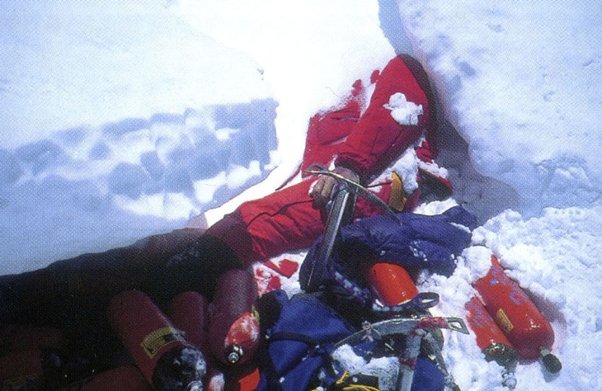
Jan Arnold, Hall’s widow, requested that her husband’s body be left on the mountain. It’s “where he’d like to have stayed,” and his corpse is a long way from the main road. It was not identified until 1999, three years after the event. Hall’s body is still frozen beneath the South Summit to this day, a permanent reminder of that awful day.
Was Doug Hensen the reason behind Rob Hall’s tragic fate?
In the film Everest, Rob Hall’s strictness with his clients is called into question, as well as the decision to allow Doug to move forward. The real-life individual was a mail carrier who walked up to 12 miles every day at sea level in Seattle, and he struggled with the altitude on the mountain. Hall appeared to feel responsible for Doug’s predicament and risked staying on the mountain late to assist him. Further, it is suggested that if Hall had turned Doug around earlier and descended with the rest of the group, the tragic deaths due to exposure may have been avoided. The perspective on the 1996 disaster is presented differently in the books “Into Thin Air” by Jon Krakauer and “The Climb” by Anatoli Boukreev, particularly in terms of the rivalry between Adventure Consultants and Mountain Madness. Lou Kasischke’s book, “After the Wind,” places much of the blame on Hall’s team allowing the presence of a journalist and Fisher’s team including Sandy Pittman, both of whom aimed to achieve positive publicity by getting everyone to the summit. Kasischke also emphasizes that the turnaround time was not adhered to and several climbers made the decision to turn around independently after a bottleneck caused a delay of several hours. Additionally, Hall’s apparent disregard for the weather and other warning signs is highlighted, particularly in contrast to the IMAX team’s decision not to summit due to the high number of climbers and adverse weather conditions. Kasischke specifically chose to join Hall’s expedition due to his impressive adherence to the turnaround time in the previous year, as well as the better weather and fewer climbers at that time.
Pioneers in the commercialisation of Mount Everest
Rob Hall and Gary Ball established a business during the early 1990s that focused on securing corporate sponsorships for their climbing endeavors. They set out to conquer the highest peak on each continent within a seven month timeframe. However, they soon realized that in order to maintain these corporate sponsorships, they would need to continually push the boundaries and take on increasingly risky challenges to keep the interest of their sponsors. As a result, they shifted their company’s focus to commercial guiding expeditions to Everest in 1992, giving rise to Adventure Consultants. As their company evolved, Rob Hall and Gary Ball became accustomed to substantial financial profits, leading to a primary emphasis on leveraging their expertise in exchange for payment from those willing to pay for their services. They began charging a minimum of $65,000 per trip, resulting in a total revenue of 2.5 million dollars in their first year. Tragically, Gary Ball passed away from pulmonary edema approximately a year later, leaving Rob Hall to continue the business alone. Although Rob Hall was not the only individual to commercialize trips to Everest, he was notably one of the most extreme, charging the highest fees and accepting clients with less experience. He took measures such as hiring chefs to prepare high-quality meals, providing on-site medical care, and offering comfortable sleeping arrangements. The iconic dining tables at his camp were a testament to the level of comfort he aimed to provide. Meanwhile, Rob’s competitor, Scott Fischer, also ventured into similar territory, leading to a close rivalry between the two.
Jan Arnold – Rob Hall’s wife
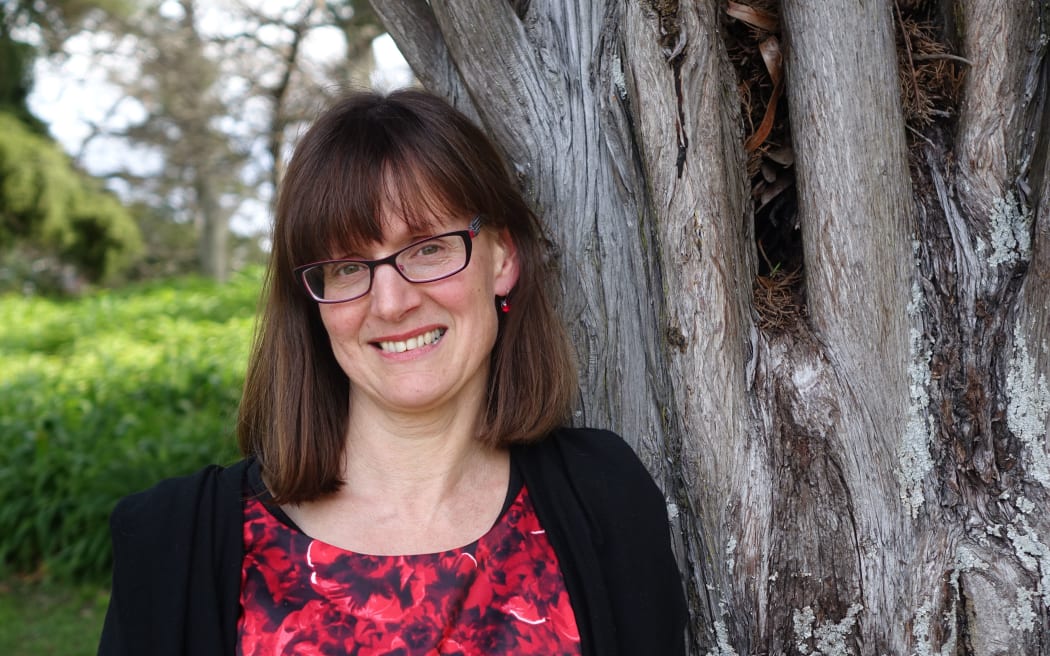 Hall encountered his future spouse, doctor Jan Arnold while on an expedition to climb Everest in 1990. Hall and Arnold had their first date by climbing Denali and eventually tied the knot.
Hall encountered his future spouse, doctor Jan Arnold while on an expedition to climb Everest in 1990. Hall and Arnold had their first date by climbing Denali and eventually tied the knot.
Jan Arnold, a medical professional, is also an avid mountaineer. In 1993, she and her husband Rob Hall reached the summit of Mount Everest as a team, making them the third married couple to achieve this feat. Although it was Rob’s third time at the top, he was guiding Everest for the second time. Arnold’s main role during the expedition was to provide medical care for their team of Sherpas and guided climbers, as well as members of other teams. She describes the climb as her greatest physical challenge, with the thin air, strained muscles, and intense lung and heart activity. The experience was portrayed by Keira Knightley in the movie Everest.
Rob Hall called his wife after the tragedy
Arnold and Hall were able to communicate via telephone while Hall was stranded on Everest, an event which is also portrayed in the film. “We were essentially connected through the airwaves. At that moment, I already knew that a rescue from the south summit was impossible, so I didn’t resist the awful realization that I had to let go. Keira portrayed it very accurately,” Arnold said. It’s hard to fathom how Arnold came to terms with losing her husband, but she accepted that it was part of the danger. “Even before I spoke with Rob, I knew that he must be near death after spending a night near the summit. When we did speak, he sounded terrible, slurring his words and describing his frostbitten hands and feet. During our second call, he had warmed up in the sun and found some oxygen bottles. I willed him to move, to try to descend the mountain, but I accepted that he just couldn’t.” “After the rescue Sherpas – Ang Dorjee and Lhakpa Chirri – had to turn back, I knew that Rob and I were saying our final words. I had said everything I needed to say and didn’t regret anything I had said. I was just so grateful to have had the chance to reach him, to hear his voice, to tell him I loved him. For several weeks, I didn’t feel alone, as I had his baby daughter inside me, moving even. I found those movements comforting. Rob told me not to worry too much about him.”
Sarah Arnold-Hall – Daughter to Rob Hall, the father she never knew
Sarah Arnold-Hall never had the chance to meet her father. Her mother, Jan Arnold, was carrying Sarah when Rob Hall tragically passed away in 1996. Thanks to technology, Rob was able to speak to Arnold before his death and expressed his desire to name his daughter Sarah. As a result, Arnold honored his wish. Despite the tragic circumstances surrounding her father’s death on a mountain, Arnold-Hall has had remarkable and courageous experiences, such as trekking to Everest’s base camp at the age of 10. When asked about her experience there, she described it as a deeply emotional and meaningful moment. Meeting Sherpas and other climbers who knew her father, she realized the immense respect and love that people held for him in both the Himalayas and in his home country of New Zealand. Although she did climb Mount Kilimanjaro with her mother, Arnold-Hall doesn’t anticipate pursuing a lot of mountain climbing in the future.
 So what does Rob Hall’s daughter, Sarah Arnold-Hall do nowadays? Well according to her social media handles like Instagram and her personal website, she is a High Performance Coach for ambitious people with massive goals.
So what does Rob Hall’s daughter, Sarah Arnold-Hall do nowadays? Well according to her social media handles like Instagram and her personal website, she is a High Performance Coach for ambitious people with massive goals.
View this post on Instagram
List of Fatalities on Everest 1996
The list of those who died along with Rob Hall in the 1996 Everest Disaster is summarized below.
| Name | Nationality | Expedition | Location of Death | Cause of Death |
|---|---|---|---|---|
| Andrew “Harold” Harris (Guide) | New Zealand | Adventure Consultants | Near South Summit, 8,749 m | Unknown; presumed as falling during descent near summit |
| Doug Hansen (Client) | United States | Adventure Consultants | Near South Summit, 8,749 m | Exposure |
| Rob Hall (Guide/Expedition Leader) | New Zealand | Adventure Consultants | Near South Summit, 8,749 m | Exposure |
| Yasuko Namba (Client) | Japan | Adventure Consultants | South Col, c. 7,900 m | Exposure |
| Scott Fischer (Guide/Expedition Leader) | United States | Mountain Madness | Southeast Ridge, 8,300 m | Exposure |
| Subedar Tsewang Smanla | India | Indo-Tibetan Border Police | Northeast Ridge, 8,600 m | Exposure |
| Lance Naik Dorje Morup | India | Indo-Tibetan Border Police | Northeast Ridge, 8,600 m | Exposure |
| Head Constable Tsewang Paljor | India | Indo-Tibetan Border Police | Northeast Ridge, 8,600 m | Exposure |
Related Articles
- Who is Green Boots, the famous Body on Mount Everest
- Francys Arsentiev, The sleeping beauty of Everest
- The Tragedy of David Sharp
- Read about George Mallory and how his body was discovered on Everest
![]()

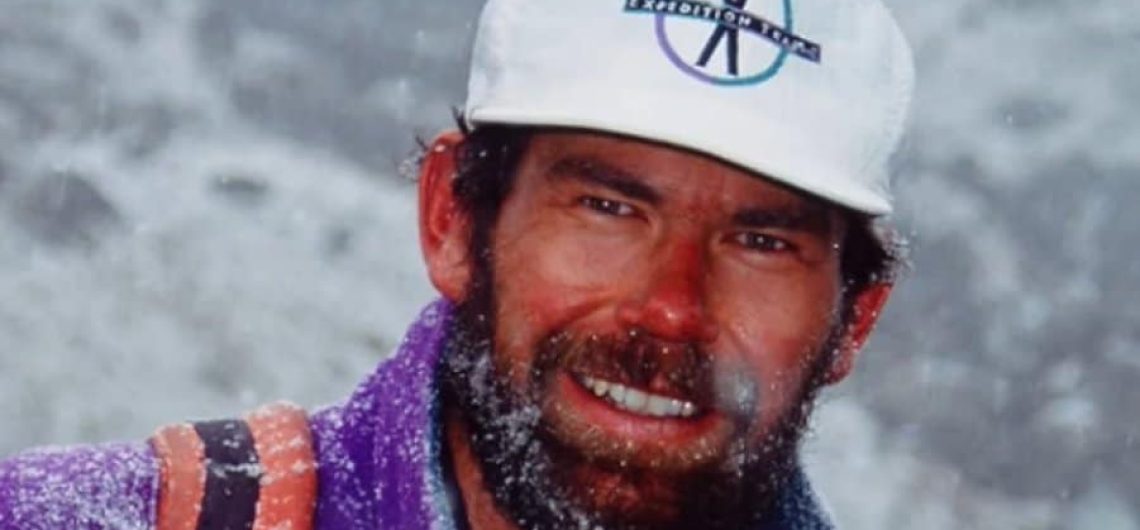
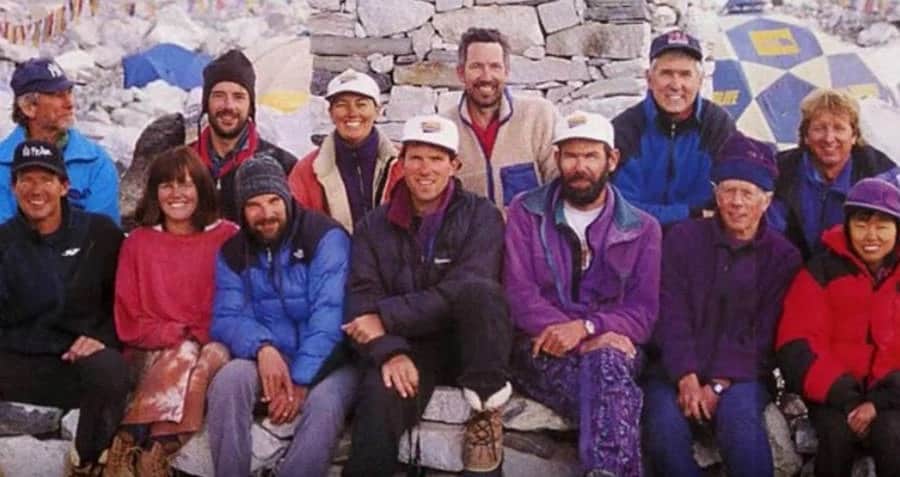
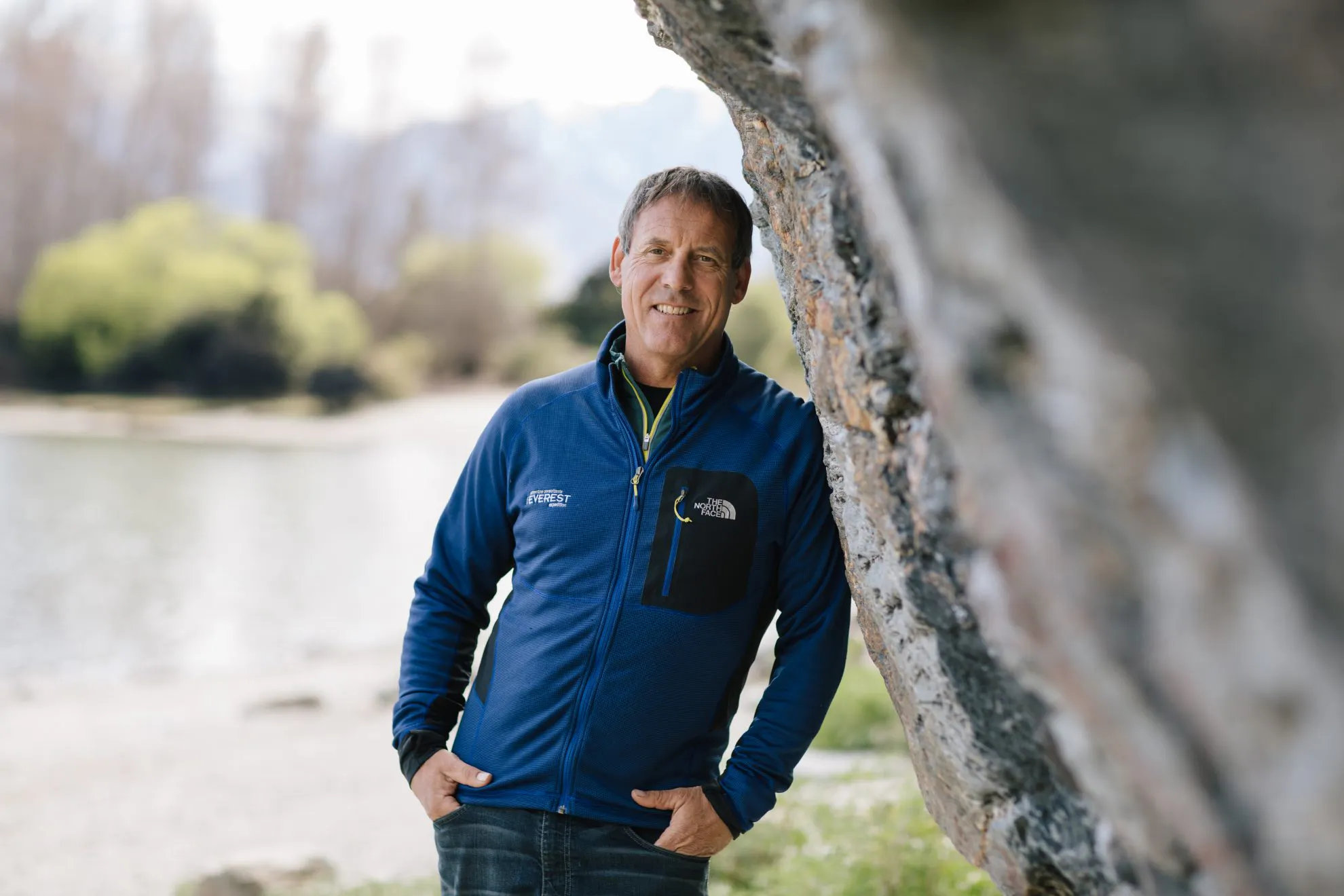
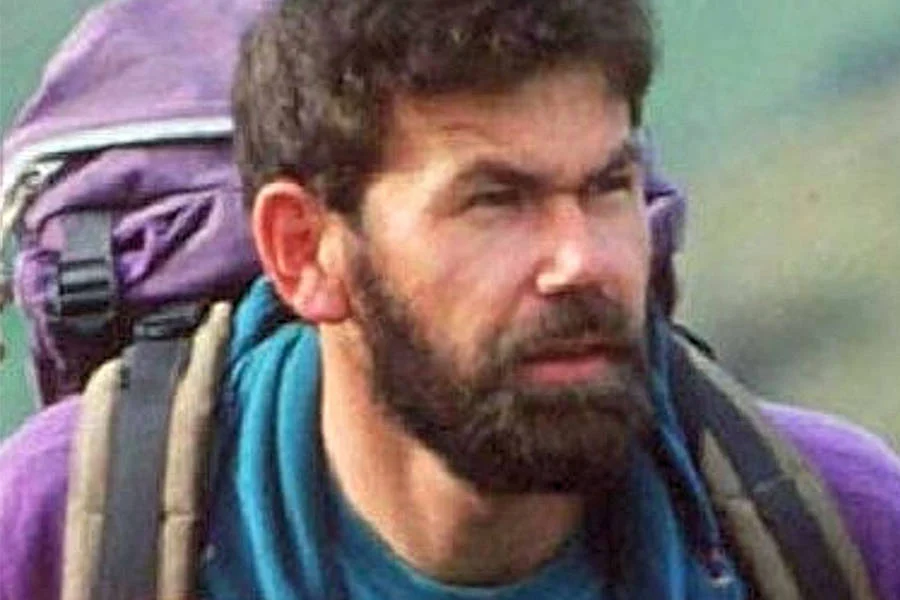
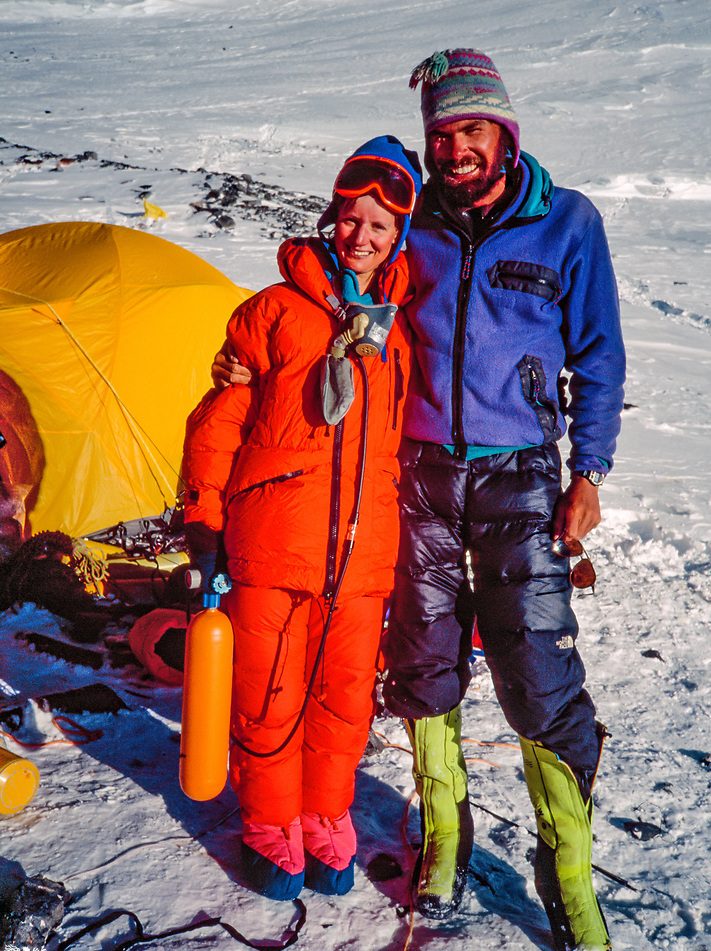
Comments